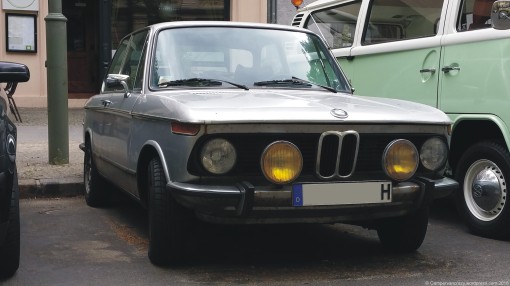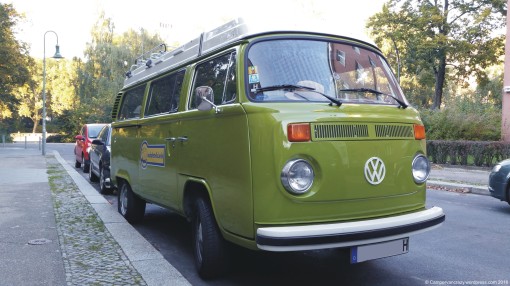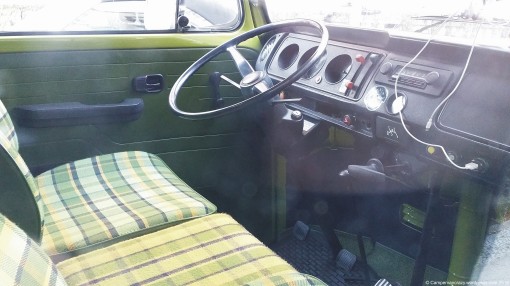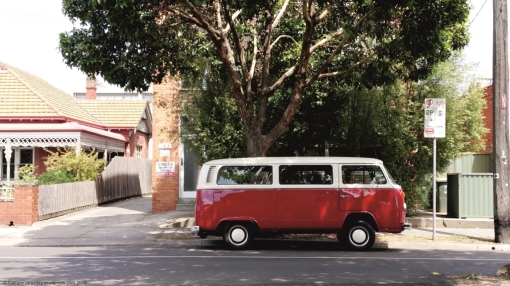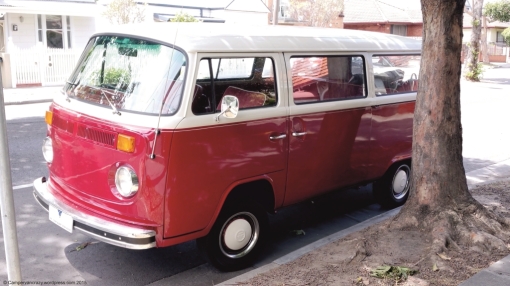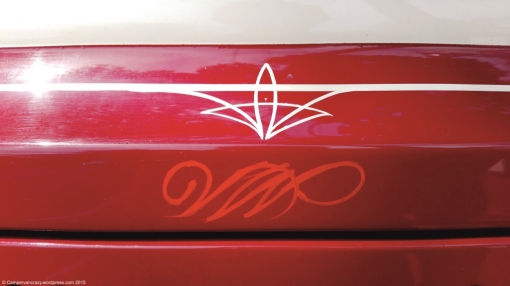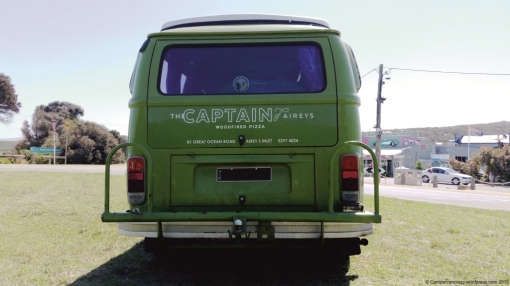Here is a late bay window kombi we saw last November somewhere in suburbia in Geelong, Australia. It is a Sopru campervan which may have started its life in yellow and was then re-sprayed in light green. Sopru pop-up roof and Sopru roo bars at the front. Front wall panels and bench matrasses in the rear newly upholstered at some point. Furniture in there rear looks a bit self-built, but then I do not know the Sopru conversions in detail. Another customer of “V-Dubs Only“. Looks like put away and waiting for the next holiday season. Hope it has a lot of holiday trips ahead!


















